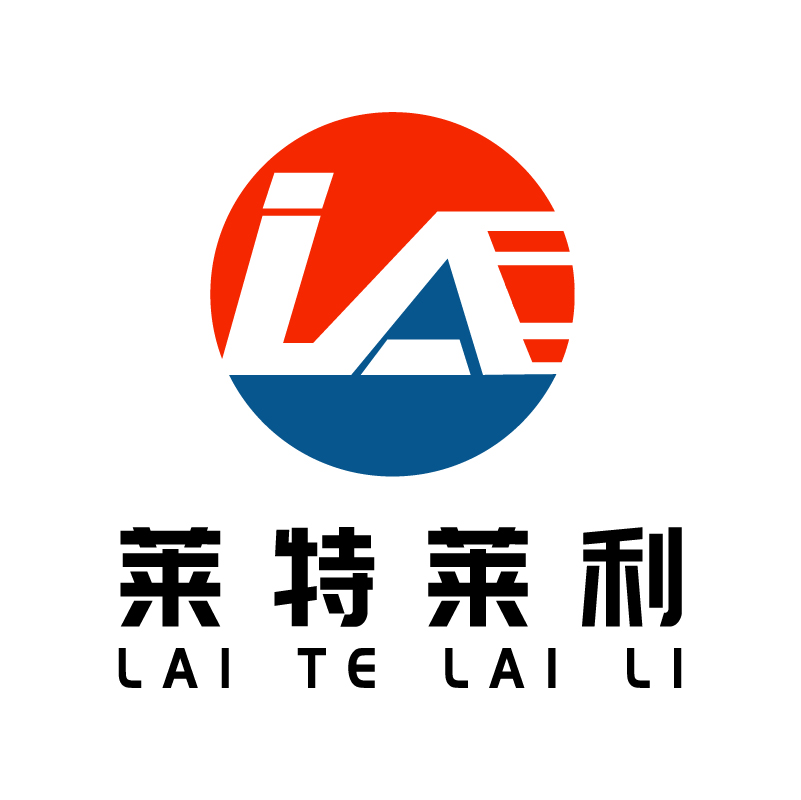What is the import and export situation of the mixed base carbon belt market?
The import and export situation of the mixed base carbon belt market is affected by a variety of factors, including the global trade environment, market demand, technological progress, and policy adjustments. The following is a general analysis of the import and export situation of the mixed base carbon belt market:
First,Import situation
1.Import demand:
With the rapid development of the domestic manufacturing industry and the improvement of automation and information technology, the demand for high-quality and high-performance mixed base carbon belts is increasing. However, there are still some technical barriers in the production of high-end mixed base carbon belts in China, so some middle and high-end products still need to rely on imports.
Especially in electronics, medicine, logistics and other industries with high requirements for label quality, imported mixed base carbon strips are favored for their excellent performance.
2.Import source:
Globally, the main production countries and regions of the mixed base carbon belt include Japan, Europe and the United States and other developed countries, these countries and regions have strong strength in the technology research and development and production of the mixed base carbon belt.
Therefore, the imports of mixed base carbon belts in developing countries and regions such as China mainly come from these countries and regions.
3.Import trend:
In recent years, with the increase of domestic demand for middle and high-end mixed base carbon belt and the change of international trade environment, the import volume of mixed base carbon belt shows a trend of fluctuating growth.
At the same time, domestic enterprises are also increasing investment in research and development, and strive to improve independent production capacity to reduce dependence on imported products.
Second,Export situation
1.Export capacity:
As a global manufacturing country, China has a certain scale and strength in the production of mixed base carbon belts. Some domestic enterprises have the ability to export mixed base carbon belts, and their products are exported to many overseas countries and regions.
2.Export market:
The export market of China's mixed base carbon belt is mainly concentrated in Southeast Asia, South Asia, Africa and other developing countries and regions. Due to the relatively low level of economic development in these areas, the demand for the middle and low-end mixed base carbon belt that is more sensitive to price is greater.
At the same time, with the continuous improvement of China's mixed carbon belt production technology and the continuous improvement of product quality, some high-end products have gradually entered the developed markets of Europe and the United States.
3.Export trends:
In recent years, with the promotion of the "Belt and Road" Initiative and the acceleration of the transformation and upgrading of China's manufacturing industry, the export volume of China's mixed base carbon belt has shown a steady growth trend.
At the same time, domestic enterprises are also actively expanding the international market, strengthening cooperation and exchanges with overseas customers, and enhancing brand influence and market competitiveness.
Third,Summary
The import and export situation of the mixed base carbon belt market is affected by a variety of factors, including the global trade environment, market demand, technological progress, and policy adjustments. In the future, with the recovery of the global economy and the improvement of the trade environment, as well as the continuous improvement of the technical strength of domestic enterprises and the enhancement of the market expansion ability, the import and export situation of the mixed carbon belt market is expected to continue to maintain a stable growth trend. However, it should be noted that there are still some uncertainties and risk factors in international trade, so enterprises need to pay close attention to market dynamics and policy changes and timely adjust business strategies to cope with possible challenges and opportunities.


